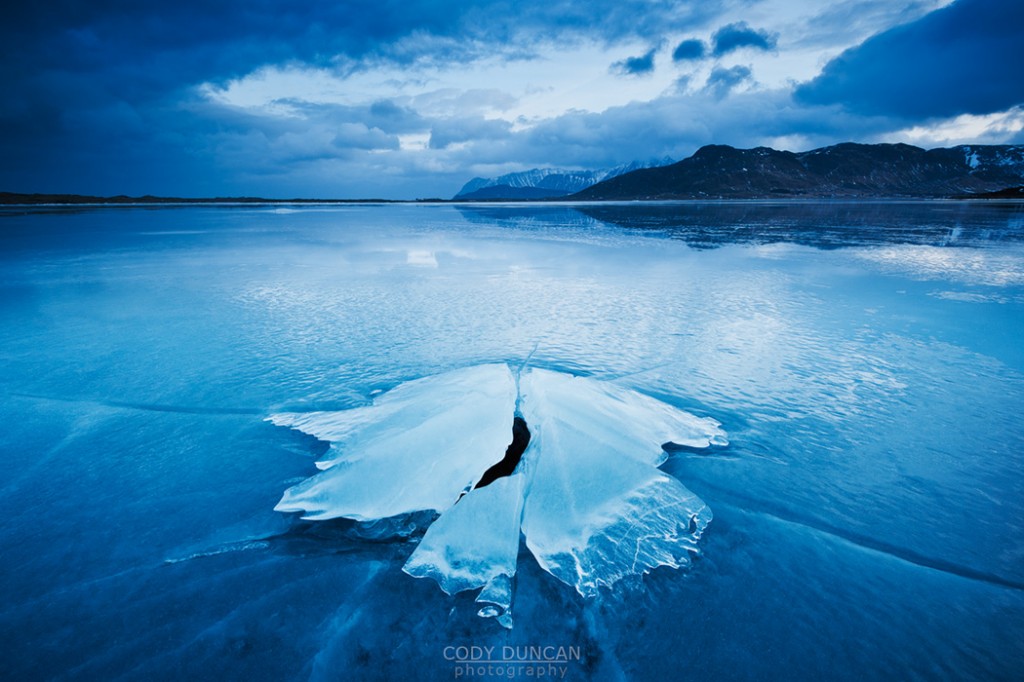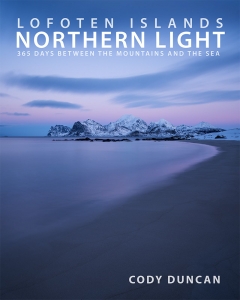Friday Photo #7 – Kvalvika Beach
Photo: Golden evening light shines on Kvalvika Beach, Moskenesøya, Lofoten Islands, Norway. Aug 26, 2012. 20:04
There were only two of us camping on Kvalvika Beach this day in late August, myself and a young German guy. It is thanks to him that I took this photo.
I had been wandering around the beach taking a few photos in the afternoon light. I had hiked a little bit up a trail to get a slightly higher vantage point which I thought was nice. He I some him come walking across the beach in my direction and when he got to me, he mentioned the he was going to hike up the mountain, Ryten, and asked if I wanted to come along. Sure, why not.
Only wearing a light fleece and with no water, I found myself heading up the mountain. As we got higher it became apparent that we wouldn’t be remaining dry much longer as we could rain showers quickly heading out way. But by now it was too late to head back down, so I continued on.
A cold rain hit fast and hard. The drops seemed huge, even by Norwegian standards. I did my best to take some shelter behind the biggest bolder I could find, which managed to keep me about 3/4th dry. 15 minutes of this and then the sun finally began to reemerge, creating a rainbow so close I could almost find my pot of gold. A few more minutes and the rain had past, leaving me soaking wet in the chilly wind high up the mountain. But now, an even brighter golden light now shone over the landscape.
Wet and cold, the light was too good to leave. Over the next hours I made some of my favourite images of this trip. I wouldn’t be back at my tent until after dark.
Click here for info on getting to Kvalvika Beach.
Camera Info:
Nikon D800
Nikon 24-70mm f/2.8
24mm
ISO 200
f 9
1/80 sec
WB Daylight
Single Image
No Filters







